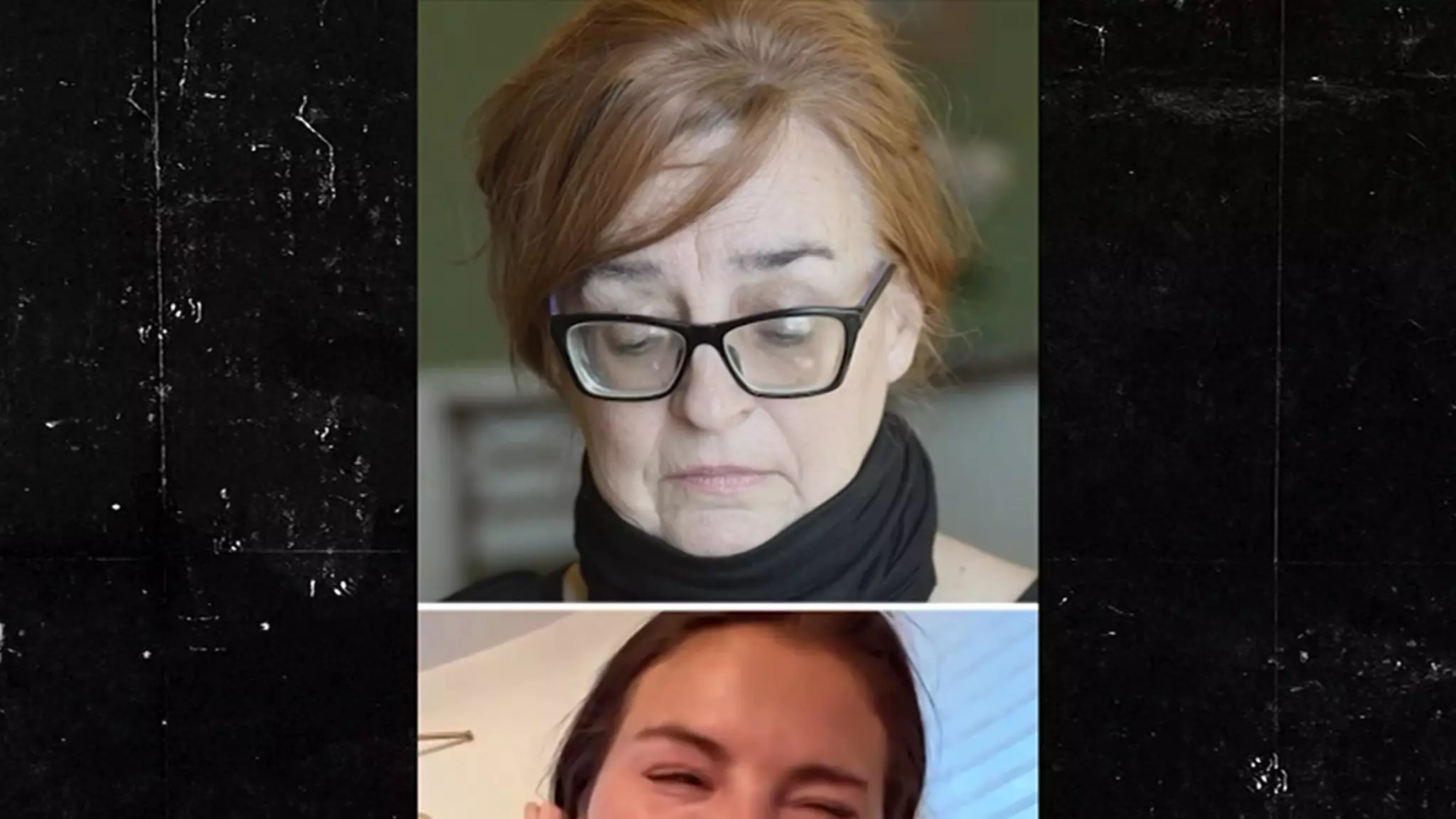In a politically charged environment, celebrity reactions often spark significant responses from government officials. Recently, Selena Gomez became a focal point when she expressed her distress over the mass arrests conducted by the Immigration and Customs Enforcement (ICE) during Trump’s administration. Her emotional video touched a nerve, resonating with many who empathize with the plight of immigrants; however, it also elicited sharp criticism from the administration. This incident showcases the unique intersection between celebrity, immigration policy, and human emotion, revealing deeper societal fissures regarding empathy and law enforcement.
The White House’s direct critique of Gomez underscores a politically strategic maneuver: labeling her emotional response as lacking in integrity due to the tragic cases of women allegedly murdered by undocumented immigrants. By strategically releasing a video that highlighted these cases, the Trump administration aimed to frame Gomez’s empathy as misguided, portraying it as a frivolous sentiment in light of real crime. The direct invocation of names—Kayla Hamilton, Jocelyn Nungaray, and Rachel Morin—illustrates an attempt to humanize their political stance, drawing a stark line between compassion for immigrants and the value of American lives.
Gomez’s reaction was rooted in empathy, a characteristic often prioritized in public discourse about immigration. Her tearful response depicted the raw pain felt by many families facing deportation and separation. However, her emotional display has been weaponized by political narratives that emphasize safety and national security over compassion. The mothers of the murdered women, meanwhile, positioned themselves as the true victims in this debate, asserting that Gomez’s stance undermines their grief and the safety of the community. This poignant clash highlights the complexities surrounding emotional reactions to policy—it poses the question: is empathy for the vulnerable at odds with the desires for safety and order?
This incident reflects a broader societal discomfort regarding immigration policy and how it is discussed in the public sphere. Celebrities such as Gomez wield significant cultural influence, and their opinions can shape public perceptions and political discourse. However, this episode demonstrates how those very influences can be manipulated within a political narrative to stir controversy. The ensuing debate doesn’t just revolve around Gomez but encapsulates the larger struggle of how immigrants are perceived in society—whether seen as people fleeing hardship or as threats to national security.
What this controversy ultimately reveals is the need for a nuanced discussion around immigration, empathy, and crime. Rather than situating Gomez’s emotional response and the mothers’ heartbreak in binary opposition, there lies an opportunity for a more complex dialogue that acknowledges the validity of both perspectives. Empathy does not need to come at the expense of safety; conversely, caution does not have to forsake compassion. As society wrestles with these issues, it becomes increasingly vital to foster conversations that consider the humanity on all sides of the immigration debate—a challenge that will require a balance of emotions, policies, and narratives.

